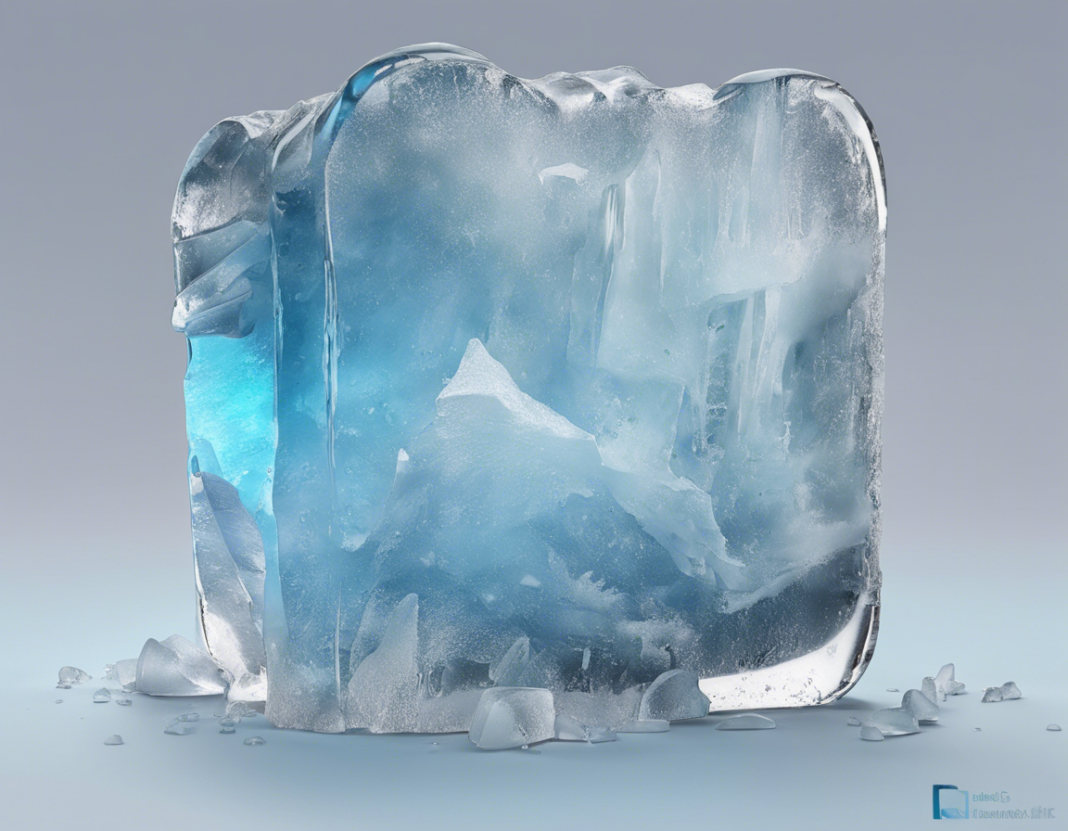Ice Slice Leak Sparks Concern: Understanding the Importance of Arctic Ice Preservation
The recent news of an ice slice leak in the Arctic has once again brought the spotlight on the critical issue of Arctic ice preservation. As temperatures rise and climate change accelerates, events like these serve as a stark reminder of the fragile state of our planet’s ice caps. In this article, we will delve into the significance of Arctic ice, the implications of its decline, and what we can do to mitigate the effects of melting ice on our environment.
The Importance of Arctic Ice
The Arctic region plays a crucial role in regulating the Earth’s climate. Arctic ice reflects sunlight, helping to cool the planet and maintain temperature balance. It also influences global weather patterns and ocean currents. Additionally, Arctic ice serves as a habitat for various species, including polar bears, seals, and numerous bird species. The loss of Arctic ice not only affects these ecosystems but also has far-reaching consequences for the entire planet.
Implications of Declining Arctic Ice
The melting of Arctic ice has profound effects on both the environment and human populations. One of the most immediate impacts is the rise in sea levels. As Arctic ice melts, it contributes to the increasing volume of water in the world’s oceans, posing a threat to coastal communities and low-lying areas. Furthermore, the loss of Arctic ice leads to the disruption of marine ecosystems, affecting fish populations and the livelihoods of indigenous communities that depend on these resources.
Strategies for Arctic Ice Preservation
Preserving Arctic ice requires a multi-faceted approach that addresses both the root causes of melting ice and its consequences. One of the key strategies is reducing greenhouse gas emissions to slow down the pace of climate change. Transitioning to renewable energy sources, promoting energy efficiency, and advocating for policies that prioritize sustainability are crucial steps in this direction. Additionally, conservation efforts, such as creating marine protected areas and implementing sustainable fishing practices, can help protect Arctic ice and its associated ecosystems.
Mitigating the Effects of Melting Ice
While the decline of Arctic ice is a pressing concern, there are measures we can take to mitigate its effects. Investing in research and monitoring programs can provide valuable data on the state of Arctic ice and help inform decision-making processes. Collaborative efforts between governments, scientists, and environmental organizations are essential for developing effective conservation strategies. Raising awareness about the importance of Arctic ice and mobilizing public support for conservation initiatives are also critical in the fight against melting ice.
Frequently Asked Questions (FAQs)
1. What is causing the melting ice in the Arctic?
The melting ice in the Arctic is primarily due to global warming caused by human activities, such as the burning of fossil fuels and deforestation. These activities release greenhouse gases into the atmosphere, trapping heat and leading to rising temperatures.
2. How does the loss of Arctic ice impact wildlife?
The loss of Arctic ice has a significant impact on wildlife, particularly species that rely on ice for breeding, hunting, and shelter. Polar bears, seals, and walruses are among the most affected by the decline in Arctic ice.
3. What are the economic implications of melting ice in the Arctic?
The melting ice in the Arctic can have far-reaching economic consequences, such as disruptions to shipping routes, loss of access to natural resources, and damage to infrastructure in coastal areas. These effects can have negative implications for industries reliant on Arctic resources.
4. How can individuals contribute to Arctic ice preservation efforts?
Individuals can contribute to Arctic ice preservation efforts by reducing their carbon footprint, supporting initiatives that aim to protect the Arctic environment, and raising awareness about the importance of Arctic ice conservation. Simple actions, such as reducing energy consumption and waste, can make a difference.
5. What are some innovative solutions for combating melting ice in the Arctic?
Innovative solutions for combating melting ice in the Arctic include geoengineering projects to artificially increase the reflectivity of ice, deploying autonomous vehicles for data collection in remote areas, and implementing community-based conservation programs that involve local stakeholders in Arctic ice preservation efforts. Collaboration and innovation are key in addressing the challenges posed by melting ice.
